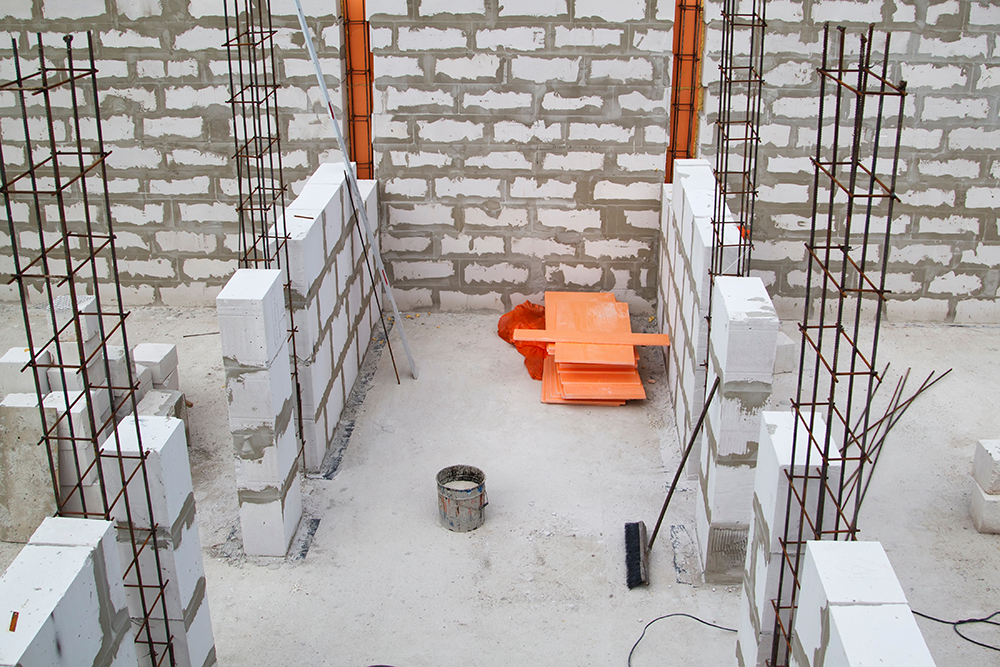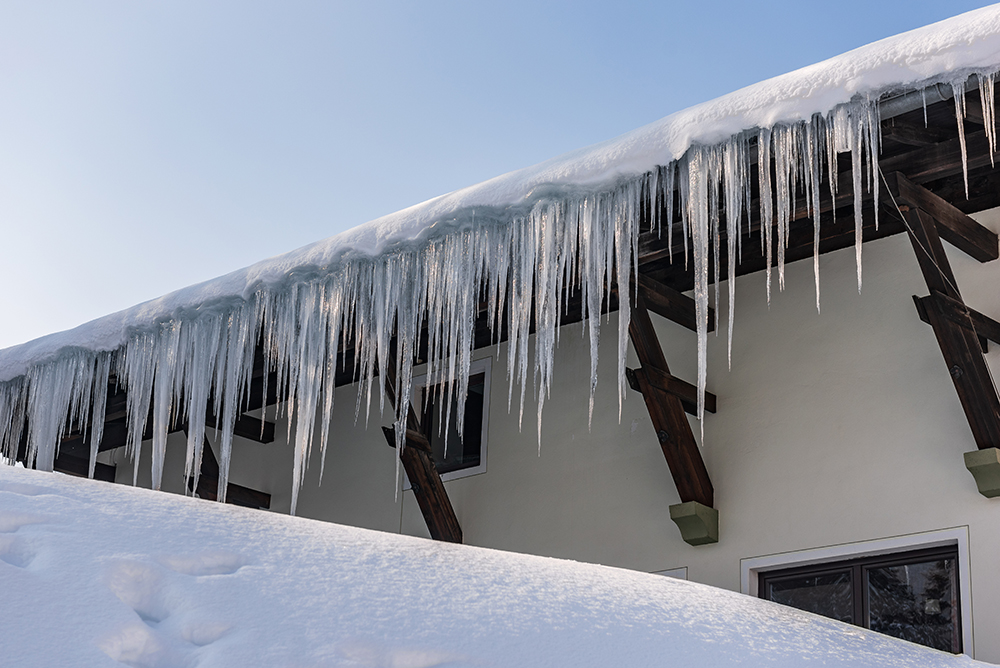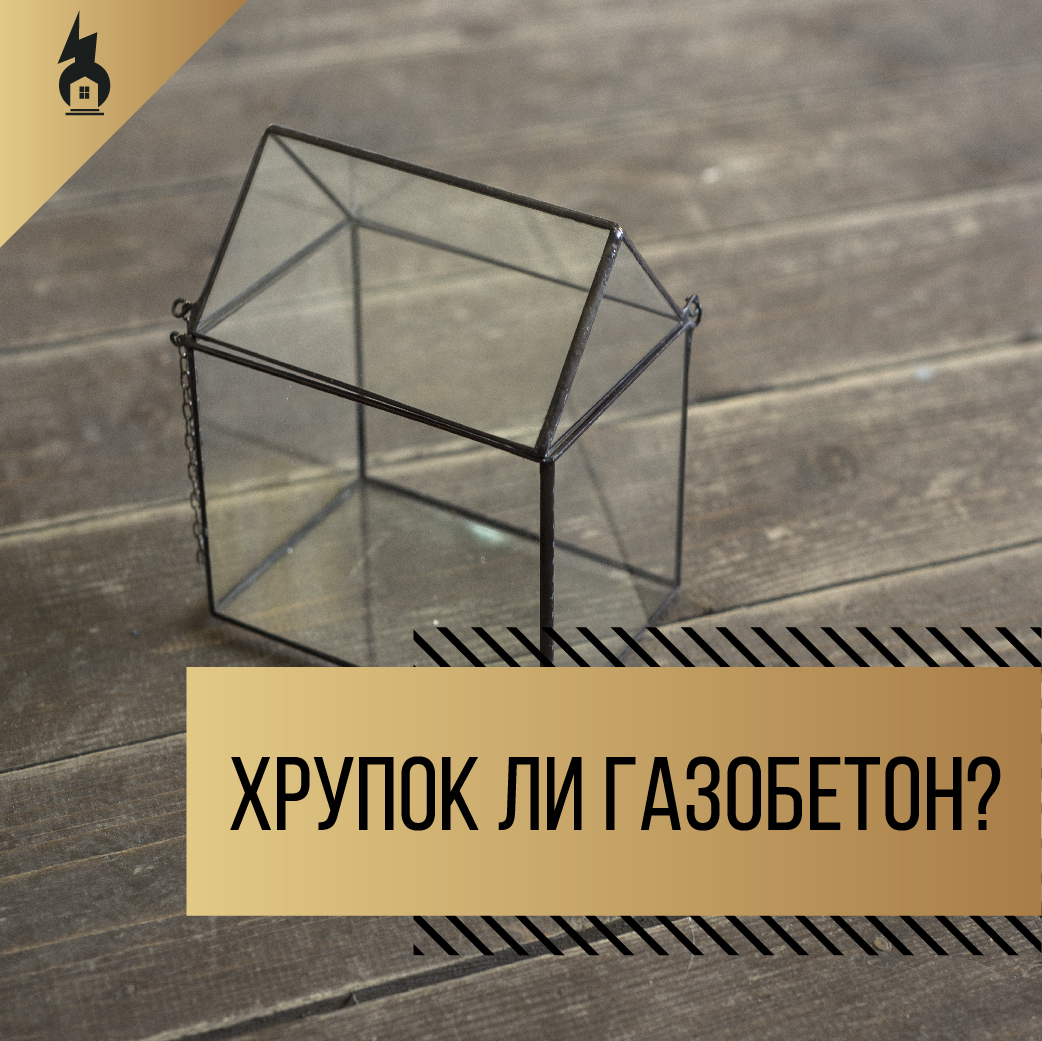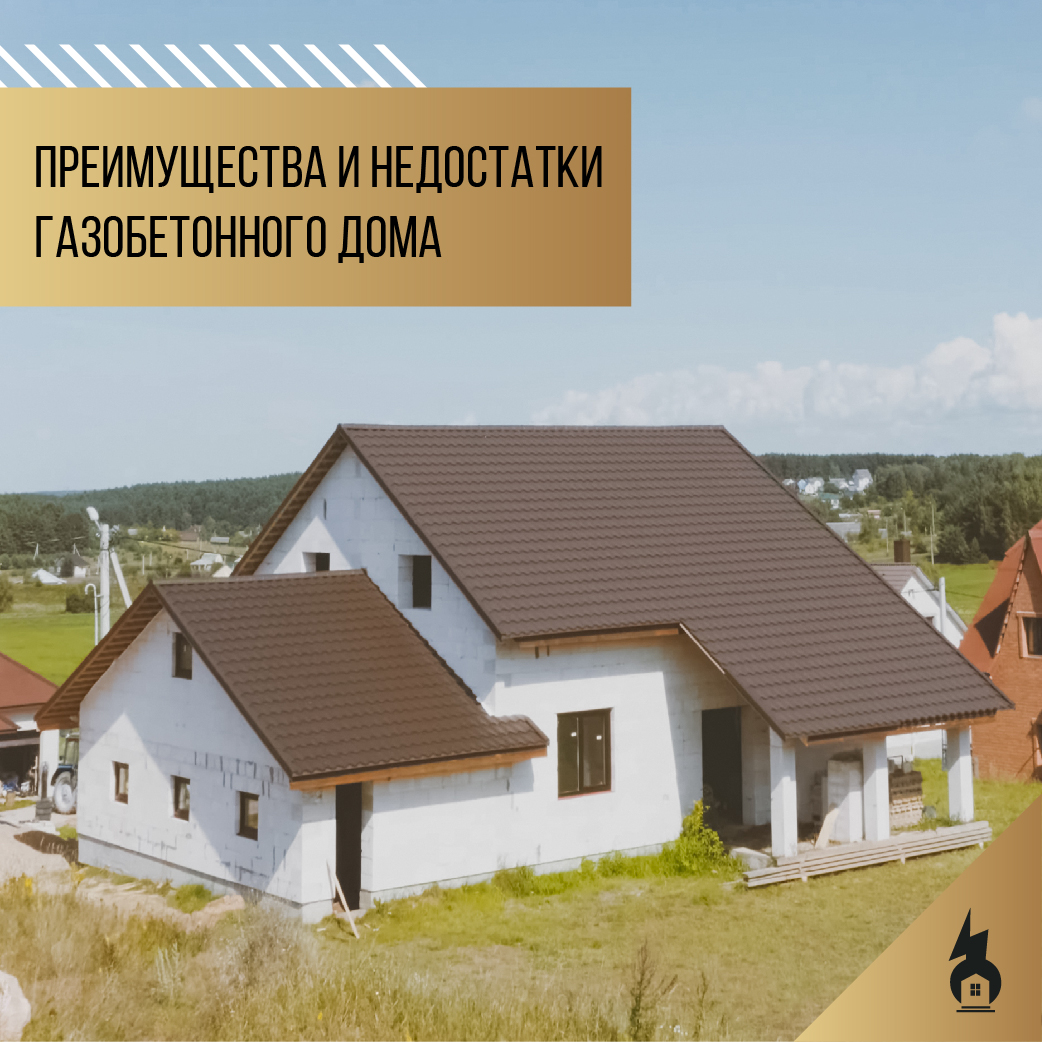Where it is not recommended to use aerated concrete block ⠀
⠀
A separate and short section should consider areas where the gas block is not recommended. ⠀
⠀
⠀
❎ Aerated concrete should not be used: ⠀
⠀
⠀
❌ in the manufacture of stoves, fireplaces, chimneys ⠀
❌ for laying walls of wet rooms (baths, pools) in frosty climates ⠀
❌ for masonry walls below the ground and walls in contact with the ground ⠀
❌ in masonry walls in contact with sulfate and saline soils ⠀
❌ for construction in earthquake-prone areas (without special conditions) ⠀
⠀
Conclusion: ⠀
Conclusion One thing suggests itself - aerated concrete is a modern and reliable material that is successfully used in private and commercial construction of houses. ⠀
⠀
⚠ The gas block will be an excellent material for the home, if operated correctly. ⠀
If you have not yet decided on the wall material, then weigh the pros and cons and decide whether aerated concrete is suitable for your home. ⠀
Источник — FORUMHOUSE






 By clicking the "Leave a request" button, you consent to the processing of your personal data and agree to our privacy policy.
By clicking the "Leave a request" button, you consent to the processing of your personal data and agree to our privacy policy.